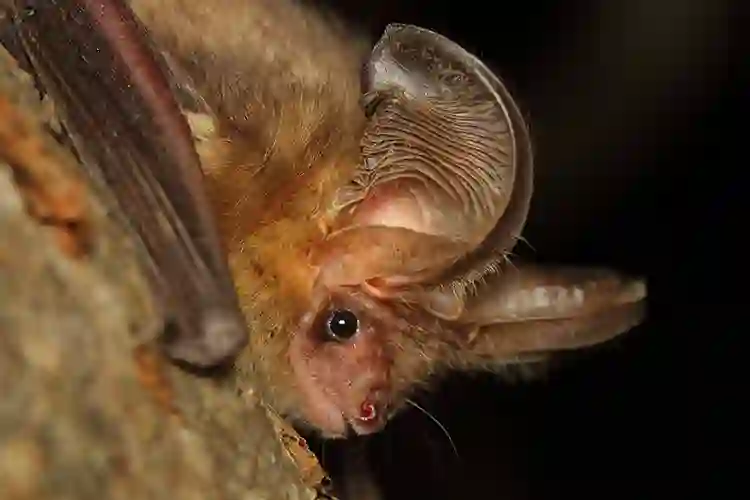
28-hectare moorland site in South Yorkshire now protected through work of self-confessed bat fan Sean Davey ‘Batman’
By
Future bat populations and their habitats will be given protection on the moorlands of Harden in South Yorkshire, with the site now been granted the status as a ‘Local Wildlife Site’.
When ecologist Sean Davey – dubbed ‘Batman’ for his interest in the creatures – first found bat droppings at the entrance to an abandoned Yorkshire mine, he began a project that would span twelve months and include ecologists in Yorkshire, Yorkshire Water’s Environment Assessment Team (EAT) and local experts at the South Yorkshire Bat Group (SYBG).
Check out our related reads…
Using acoustic monitoring and filming, along with specialised bat-catching techniques, researchers found that the mine, along with other nearby mine shafts, were ‘autumn swarming sites’ for four species of swarming bats. Swarming is a crucial activity that bats perform in order to breed healthy populations, and normally takes place in wooded lowland areas and not in exposed areas with no trees, like these mining sites.

‘Because of its importance for breeding, we need to know where bat swarming happens so that key sites can be mapped and protected,’ said Davey. ‘Better information informs better conservation at a landscape scale, helping to link up important areas and improve habitat for bats.’
‘All of this can help bat populations to grow and hopefully become more resilient to the future impacts of climate change.’
Another four kinds of bats were recorded foraging in the moorlands during the summer, highlighting the importance of the site for future populations of bats.
The new status given to the site will grant it a level of protection that needs to be considered in future developments and planning proposals in the area. Researchers hope to continue exploring South Yorkshire for more swarming sites, with undiscovered sites a real potential due to the extensive legacy of mining in the county.
Threatened bats
In the UK, the total population of bats has declined over the last 100 years, so the recent news in protecting one of their swarming habitats is a welcome step in the right direction.
The habitats that bats typically live in – upland habitats – are at increased risk due to global warming caused by climate change. Events such as moorland fires, the drying out of blanket bog wetlands, and extreme weather patterns, can all occur more frequently due to the planet’s uptick in temperatures.
Intensive farming practices can also decrease the population of bats too. Changing from hay-making to silage – the preservation of grass via fermentation – means that insects which bats typically feed on do not reach adulthood.
Around the world, bats are also threatened by a fungal disease known as white-nose syndrome, which has killed more than 5 million bats in North America alone since 2006.



